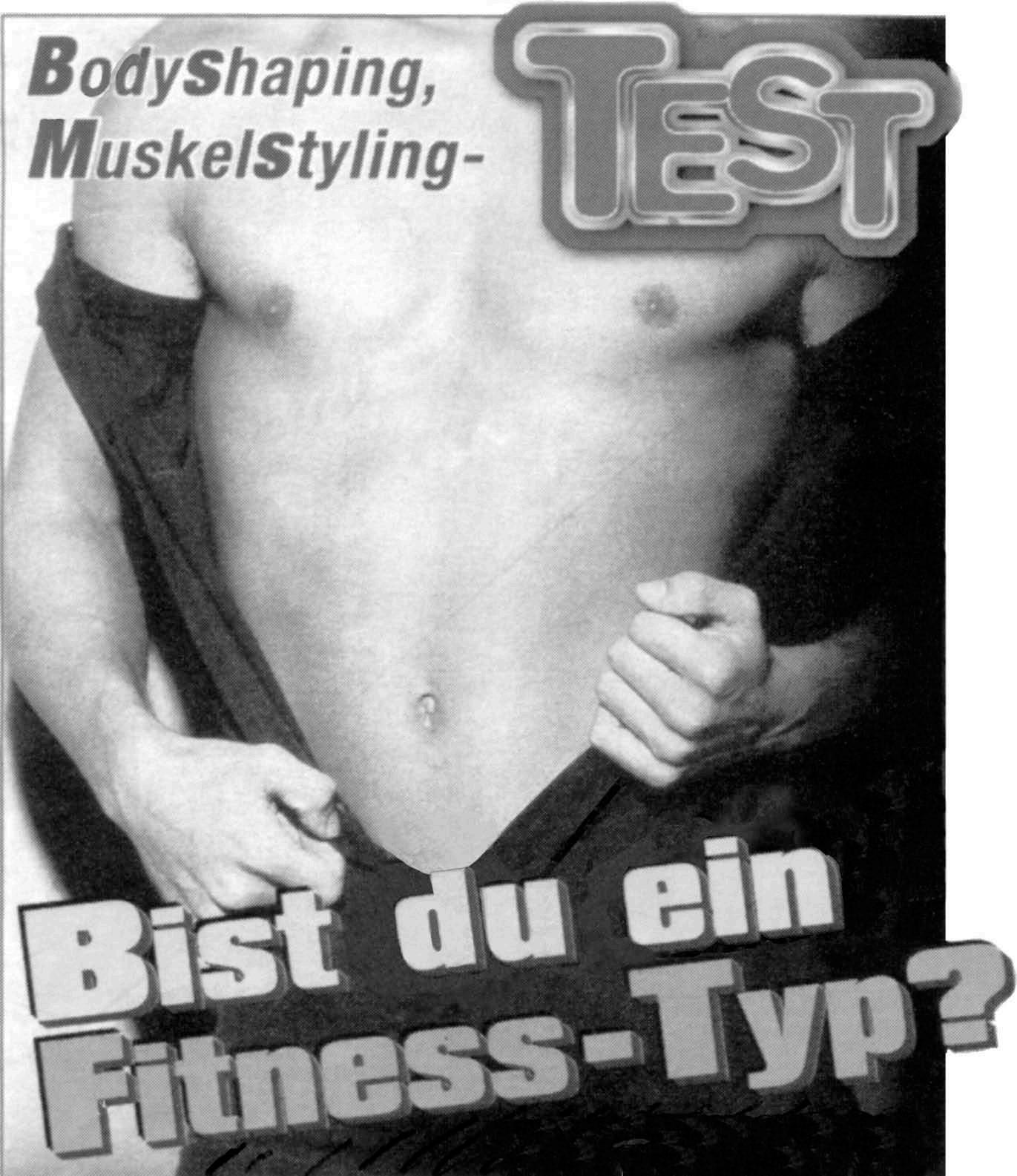1.9 Questions and commands
11
German main clauses have a different structure to that of English:
The FINITE VERB is always the second element. Only one element – the TOPIC – comes before the finite verb. other parts of the verb – INFINITIVE, PAST PARTICIPLE, SEPARABLE PREFIX – are placed at the end of the clause. Word order is explained in chapter 9, and you should familiarize yourself in particular with the word order table at the end of that chapter.
1.9 Questions and commands The only difference between the structure of questions and commands on the one hand and of main clause statements on the other is that in the former the finite verb is in first position. Any other parts of the verb are at the end of the clause, and the two parts of the verb enclose all the other elements in the clause:
verb1
central section
verb2
The following sentences illustrate this:
verb1
central section
Arbeitet
er an seinem Projekt?
Willst
du ins Kino
Surfen
Sie im Internet!
verb2 gehen?
In some types of question (those which can’t be answered by ja/nein), the verb is not in first position, but is preceded by an INTERROGATIVE word or phrase (typically beginning with w-): Wer hat das City-Cup-Finale gewonnen? Mit wem bist du zum Skifahren gefahren?
Who won the City Cup Final? Who did you go skiing with?/With whom …
Welches Rad willst du? In welcher Kneipe hast du sie getroffen?
Which bike do you want? Which bar did you meet her in?
Warum studierst du Japanisch? Wie lange wollt ihr Karten spielen?
Why are you studying Japanese? How long do you want to play cards?
NB Question words belong to different word classes: pronouns (e.g. wer, see 3.9), adjectives (e.g. welcher, see 3.4), adverbs (e.g. warum, see 4.15). The pronouns and adjectives change their form, while adverbs remain unchanged.










